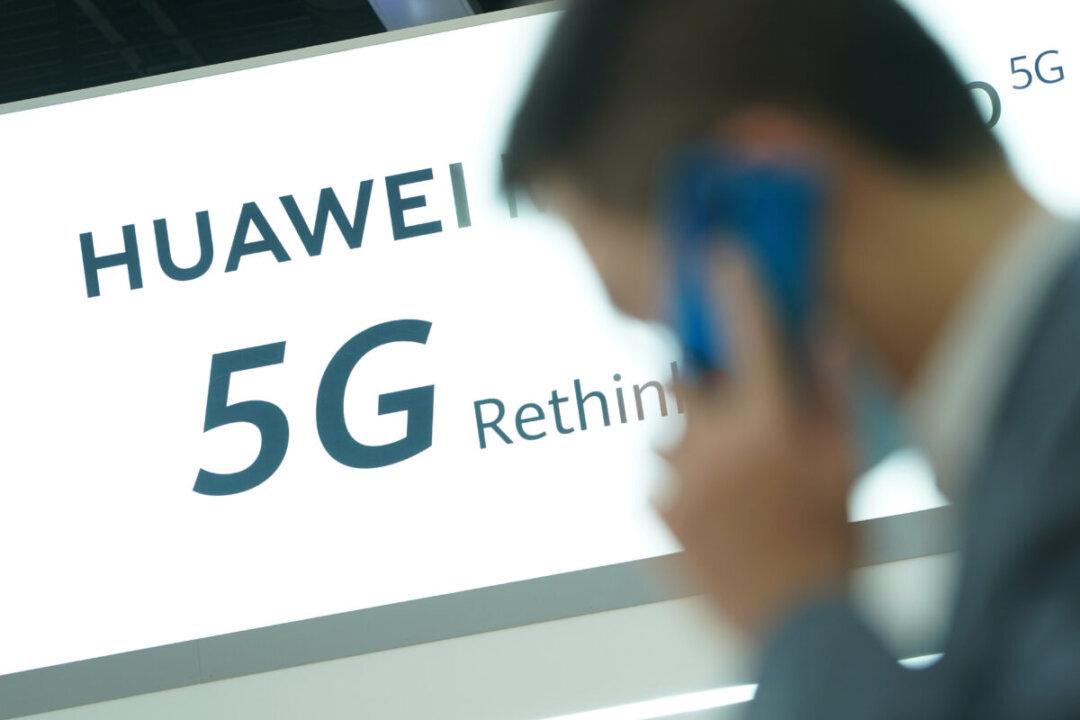News Analysis
Huawei has been ramping up investments in chip companies in the past three years as a part of China’s chip manufacturing movement, yet the state-backed tactic is likely headed toward failure.

Huawei has been ramping up investments in chip companies in the past three years as a part of China’s chip manufacturing movement, yet the state-backed tactic is likely headed toward failure.